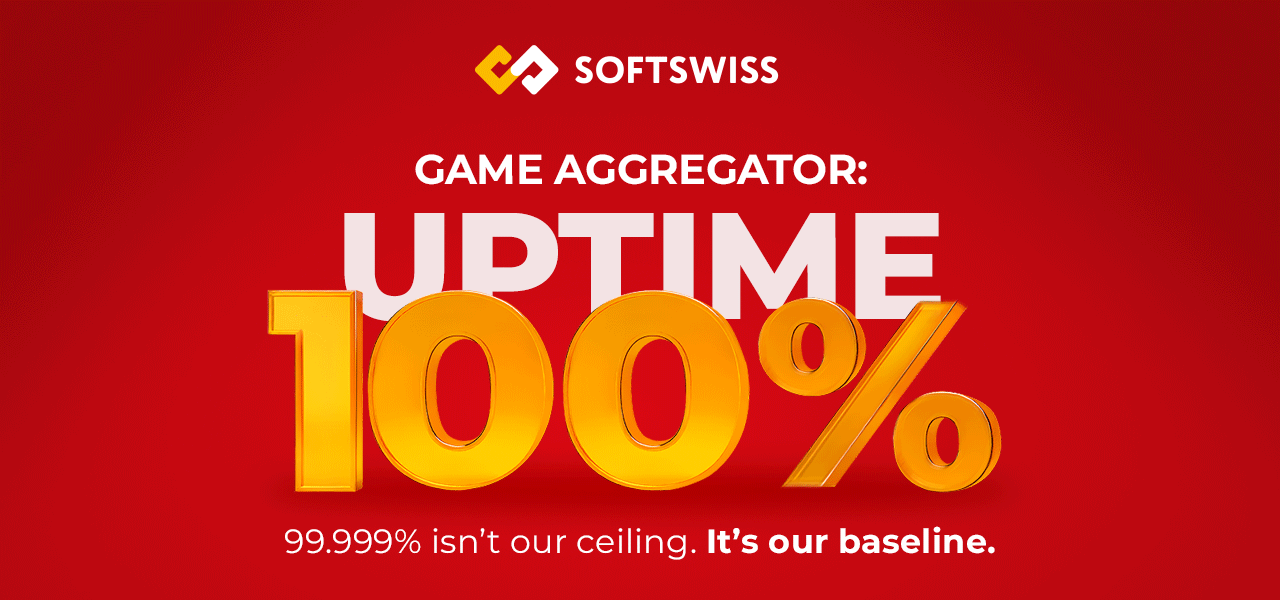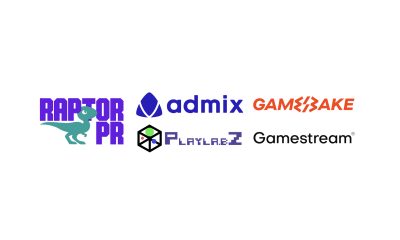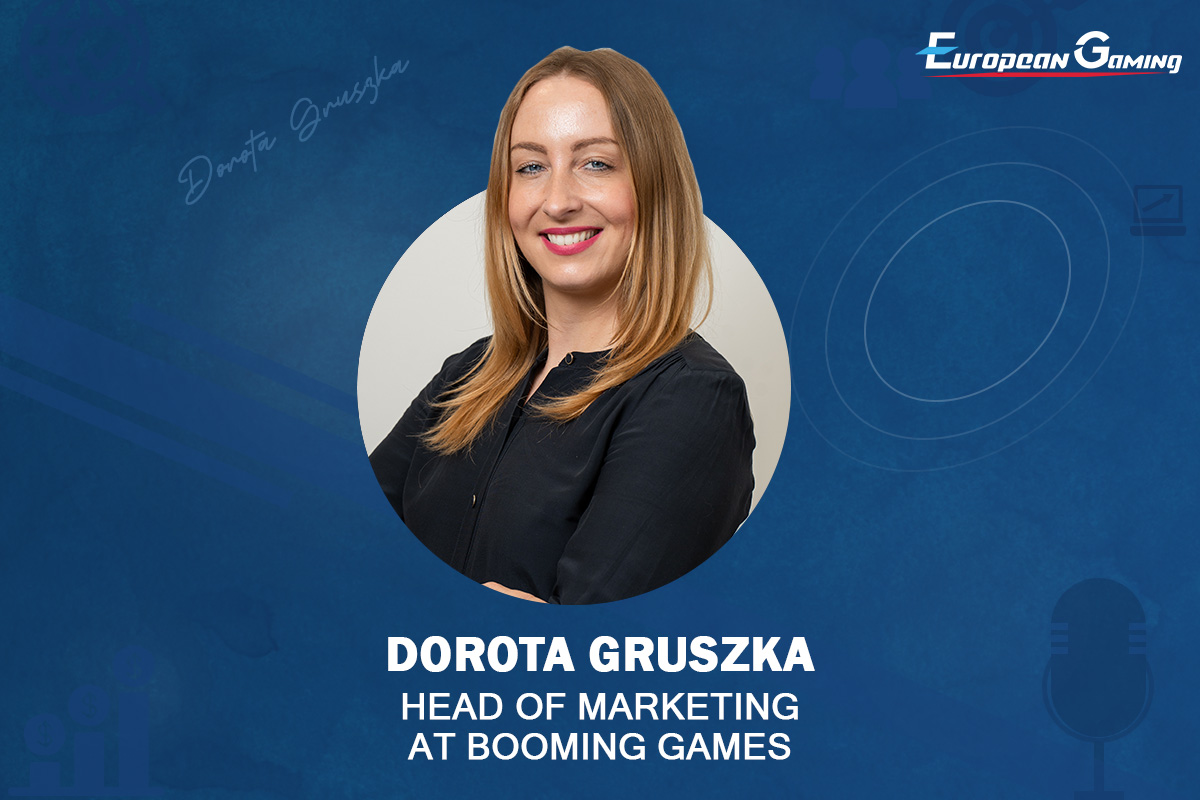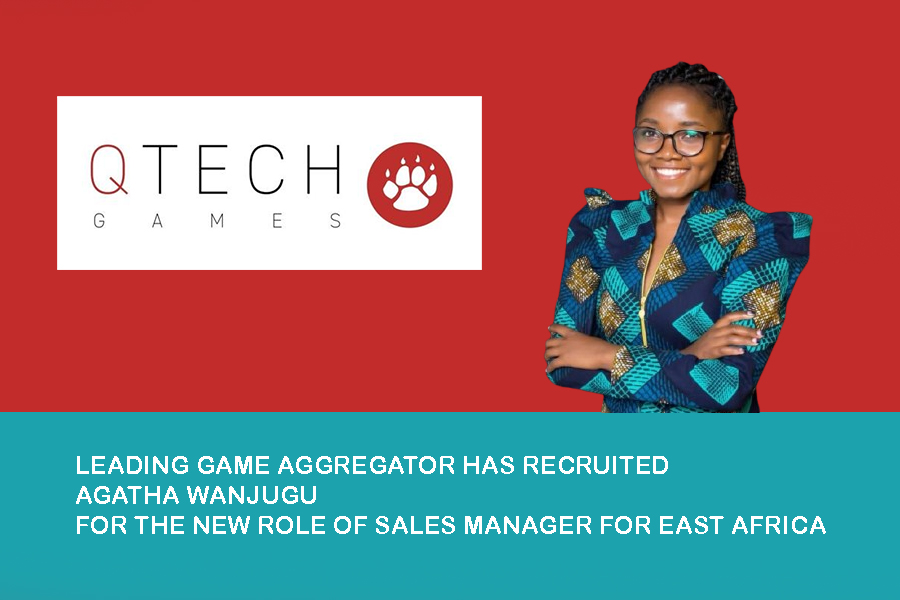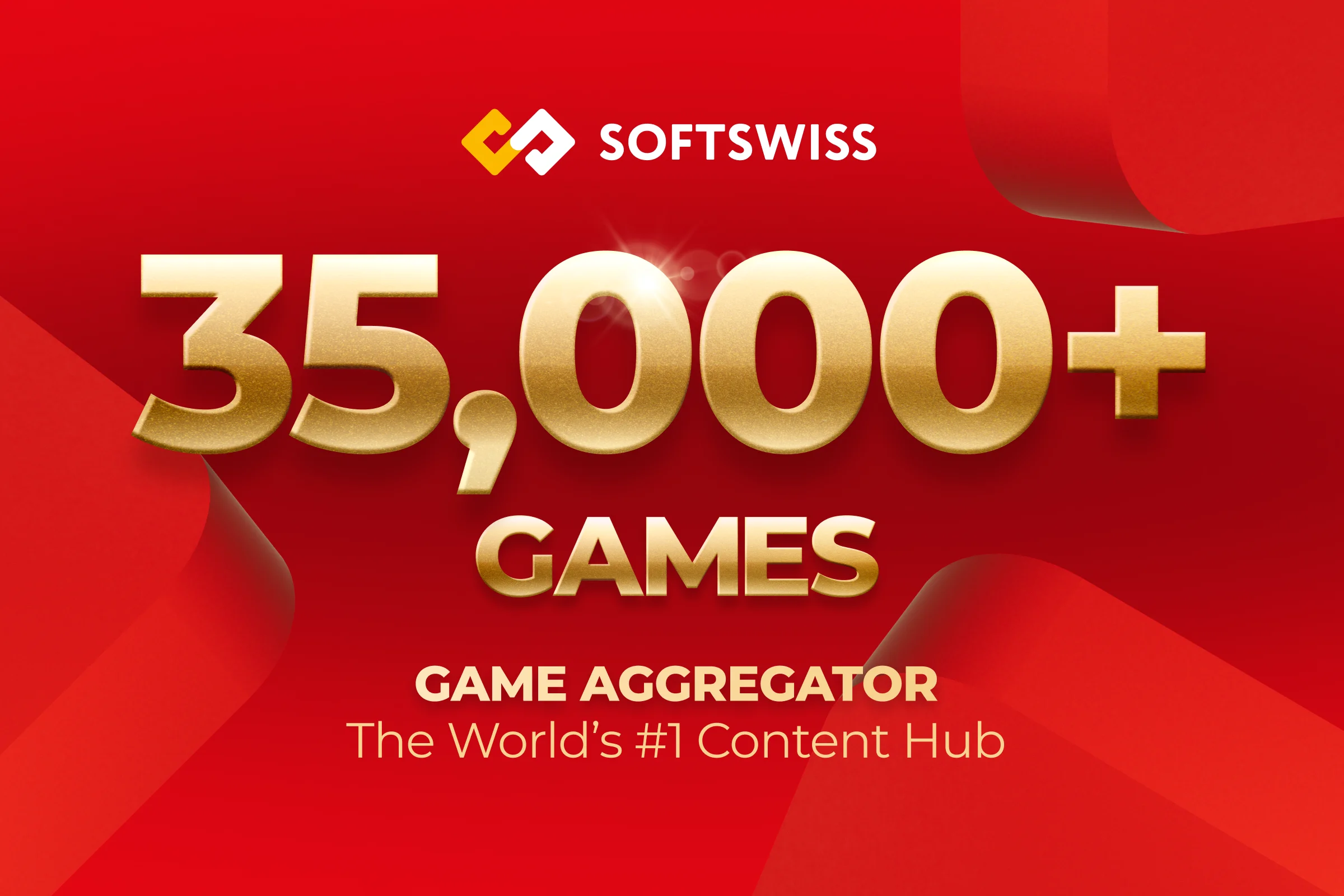Gaming
ADVERTISERS AWARE OF VIDEO GAMING AS A MEDIA CHANNEL – BUT UNSURE HOW TO UNLOCK IT
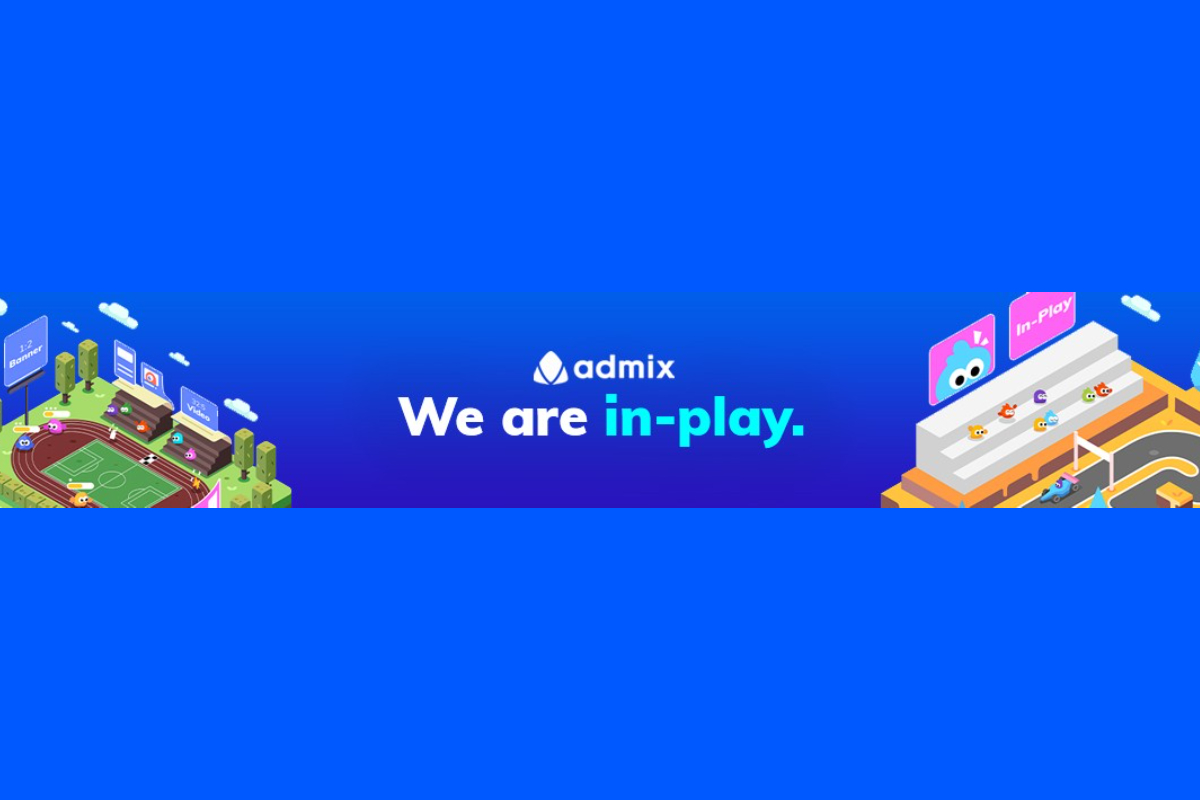
Admix, the leading In-Play advertising platform that bridges the gap between gaming content and brands, released the findings of its major research study into video gaming’s emergence as the key media channel.
Gaming is a lucrative channel, where three billion active gamers will spend almost $176 billion on games in 2021, a figure which is set to surpass $200 billion in 2023. Admix was aware, though, that brands and advertisers have only begun to capitalize on what gaming has to offer as a media channel, particularly on mobile, which is now larger than PC and console gaming combined.
To understand what brands know about the video gaming market, their experience of in-game advertising to date, and their plans for reaching a vast – and growing – gaming audience in the future, Admix commissioned independent creative market research agency Atomik Research to conduct an online survey of more than 400 respondents in the UK and US, with responsibility for media buying in their company.
The survey found that around 93% of advertisers had seen an increase in video game advertising spend over the past 12 months. But, while the prevalence of in-game advertising may have increased, it’s still considered a grey area by many.
According to Samuel Huber, CEO and Co-founder at Admix, “Just as the desktop web was the dominant media channel for the 2000s, surpassed by social media in the 2010s, video gaming is now on the cusp of claiming the crown of key media channel. However, although buyers are broadly aware of this, the survey reveals that they appear to underestimate how close we are to it becoming a reality.”
Key findings:
Games advertising growth – 81% of media buyers plan to either maintain or increase in-game advertising spend over the next 12 months, with 93% intending to run some form of in-game advertising by 2025.
Key drivers for growth – The rapidly developing infrastructure behind in-game advertising is driving its growth – with increases in the availability of programmatic options, third-party verification for in-game advertising performance and an increase in the availability of in-game inventory cited by advertisers as the most common reason for the category’s growth.
Barriers to adoption – However, a fifth of media buyers cited a lack of understanding as the biggest reason for not investing in in-game advertising, with 31% considering it a grey area.
Premium inventory – 60% of respondents felt consoles offered more premium video game inventory than mobile. However, a third identified casual mobile games as being premium – narrowly higher than any other in-game environment.
Gamer spend – Advertisers realise that video gaming is a huge market – 34% believe gamers’ average spend is between $100 and $500 billion. In fact, it’s estimated that gamers spent $165 billion in 2020 – more than half of that on mobile gaming.
Gaming audiences – Media buyers drastically underestimate the scale and diversity of gaming audiences, with a perception of the typical gamer most closely matching the profile of a male console gamer. A third believe there are between 100 and 500 million active daily gamers, while 27% think there are between 500 million and 1 billion. In reality, there are 3 billion across the world – 2.8 billion of whom play on mobile – with an even gender split.
Transatlantic differences – US brands seem to be more wary than their UK counterparts. 23% of US buyers aren’t spending on in-game advertising due to resistance from clients, compared to just 9% in the UK, while 52% of UK media buyer’s clients are asking for in-game activity in the next 12 months compared to 33% in the US.
Samuel Huber commented on the findings:
“With over three billion gamers generating hundreds of billion dollars in annual revenues, it’s impossible to ignore video gaming as the next key media channel. Indeed, it’s no surprise that Netflix sees Fortnite as a bigger competitor than other video on-demand platforms. But while media buyers are certainly aware of gaming’s potential as a media channel, it’s clear from the findings of this survey that they’re less certain about how to access it. Gaming is still a massive, intangible opportunity in the minds of many advertisers. Education is needed, therefore, to give them the knowledge and confidence they need to access it in a meaningful way with In-Play; and reap the rewards it represents.”
-

 Latest News5 days ago
Latest News5 days agoBest 25+ Provably Fair Crypto Casinos & Gambling Sites 2025
-
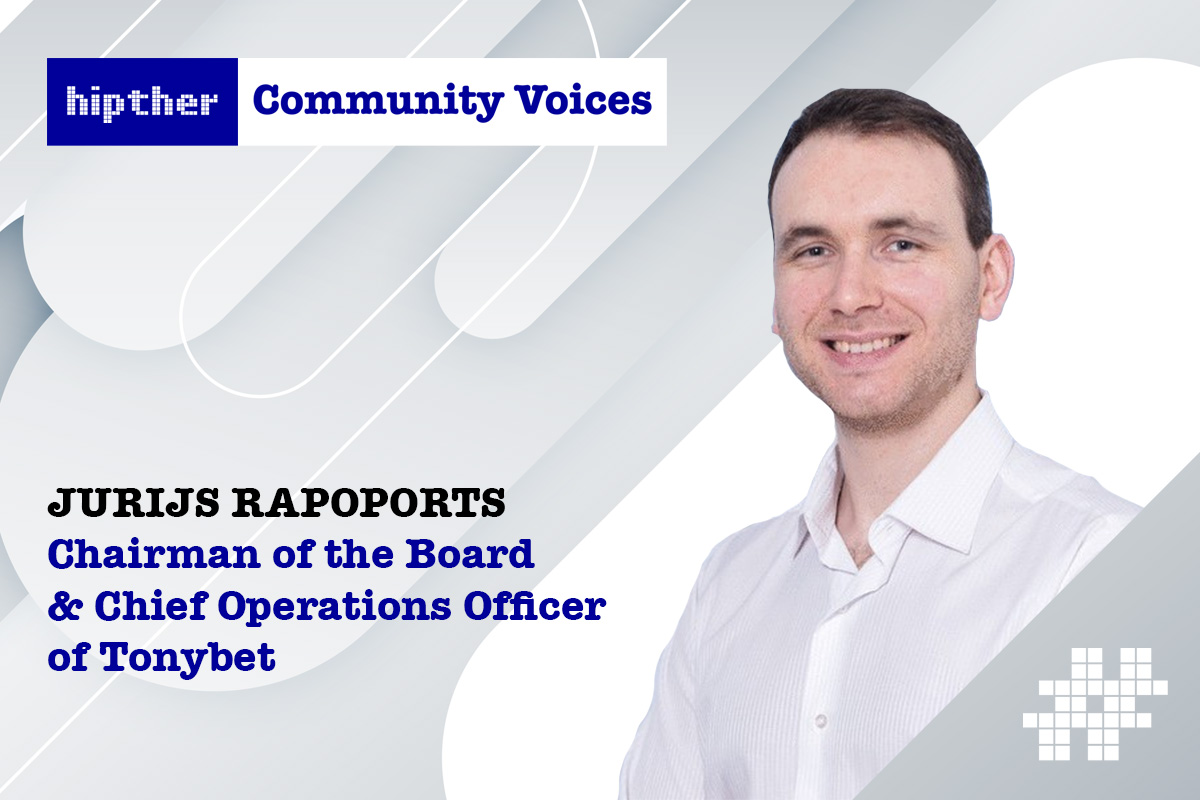
 Interviews3 days ago
Interviews3 days agoHIPTHER Community Voices: Jurijs Rapoports – Chairman of the Board & Chief Operations Officer of Tonybet
-
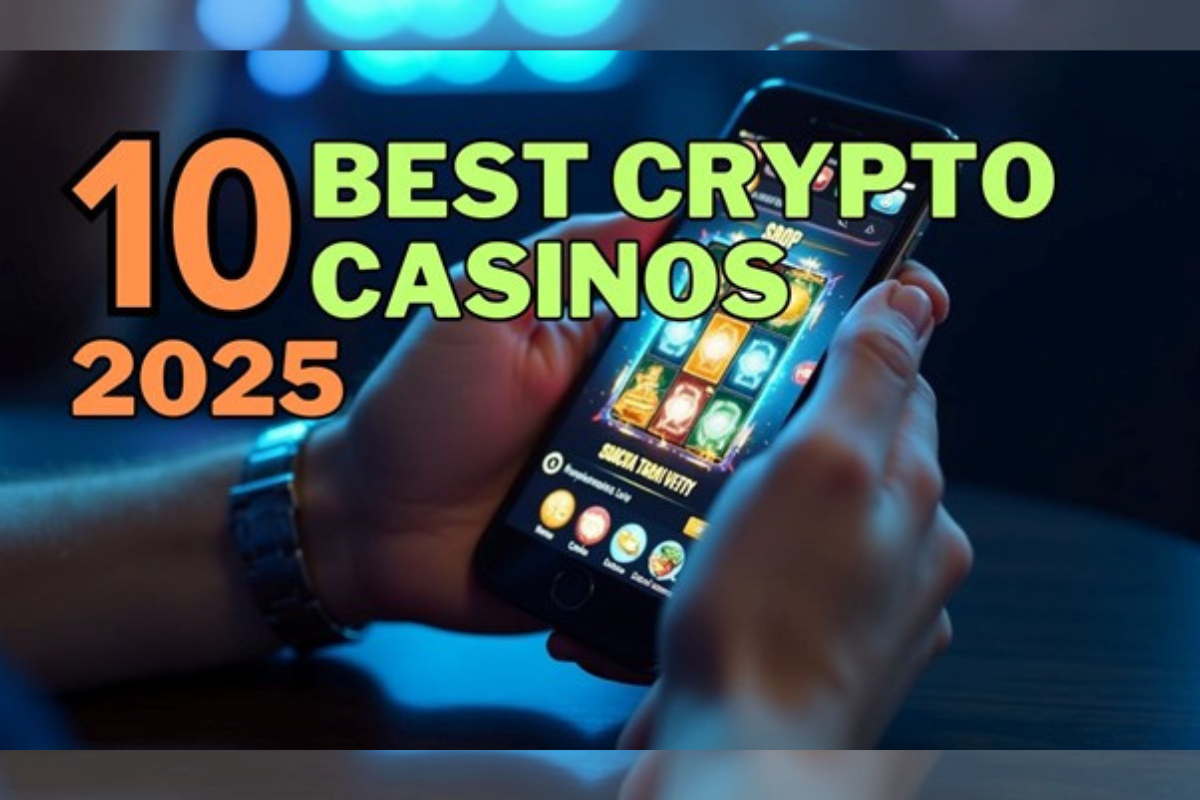
 Latest News6 days ago
Latest News6 days ago10 Best Bitcoin Casinos: Top Bitcoin & Crypto Gambling Sites of August 2025 Ranked!
-

 Africa5 days ago
Africa5 days agoLogifuture-powered Bet9ja partners with heavyweight boxing sensation Moses Itauma
-

 Latest News5 days ago
Latest News5 days agoBest Crypto Casinos 2025: 5 Top Bitcoin & Crypto Casino Sites For Instant Withdrawals (August Update)
-
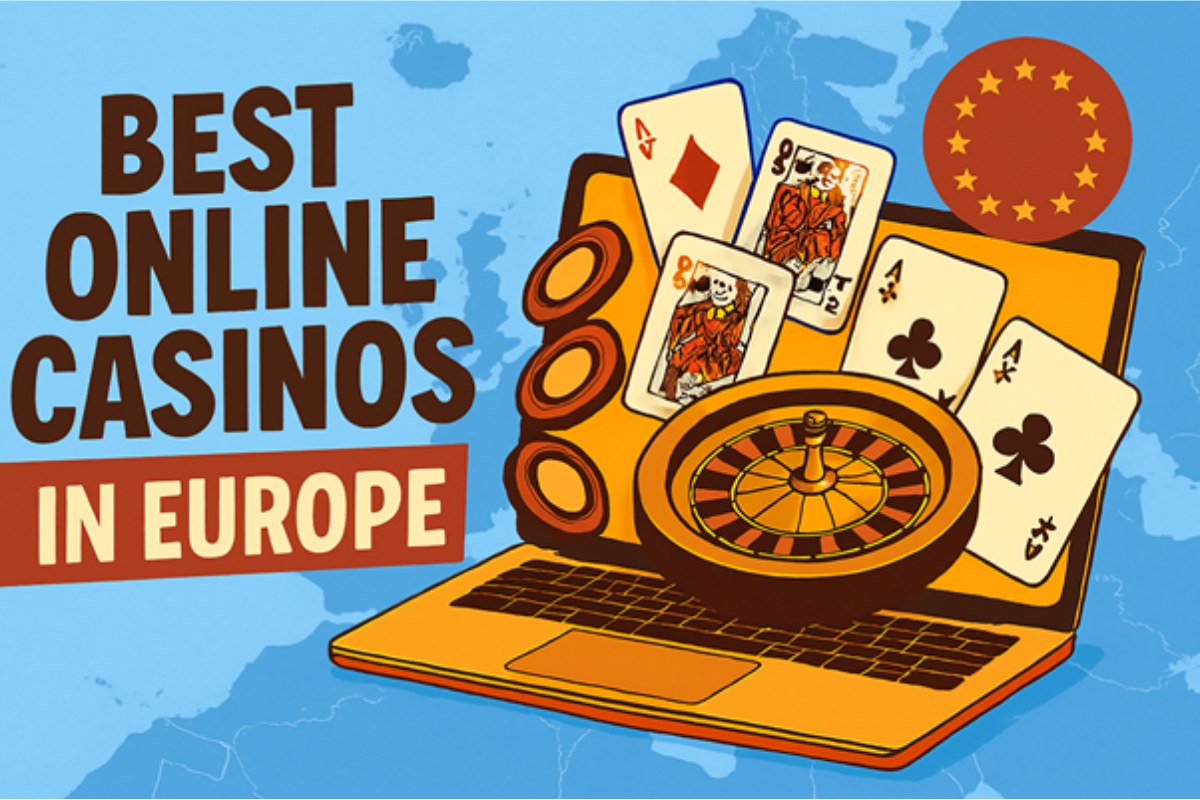
 Latest News5 days ago
Latest News5 days ago10 Best Online Casinos Europe in 2025 | Listed Top-Rated European Casino Sites (Latest Update)
-

 Latest News5 days ago
Latest News5 days ago10+ Best Tether (USDT) Online Casinos & Gambling Sites 2025
-
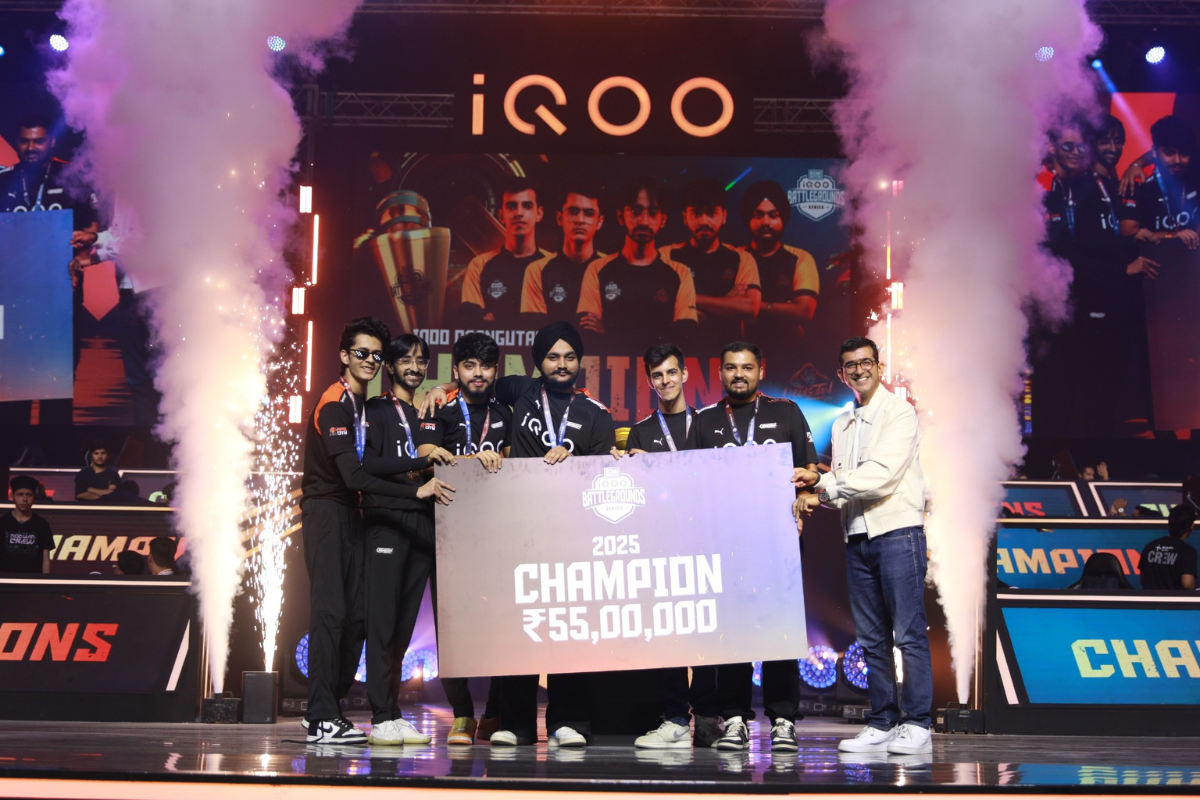
 Asia5 days ago
Asia5 days agoOrangutan Gaming crowned champions of the inaugural iQOO Battlegrounds Series; bag INR 55 lakh in prize money

